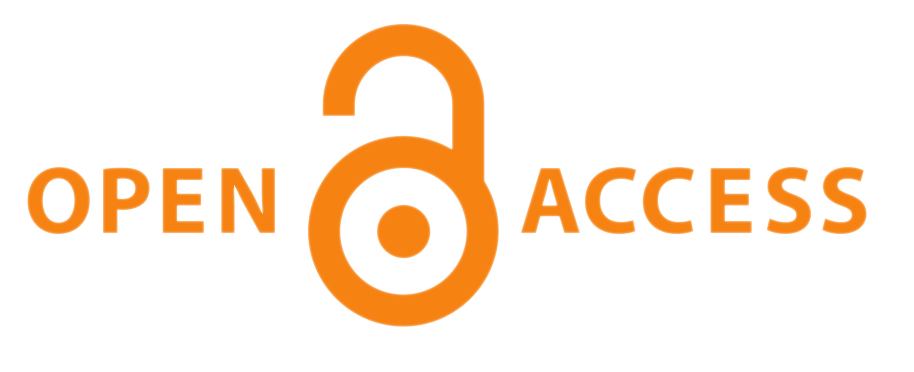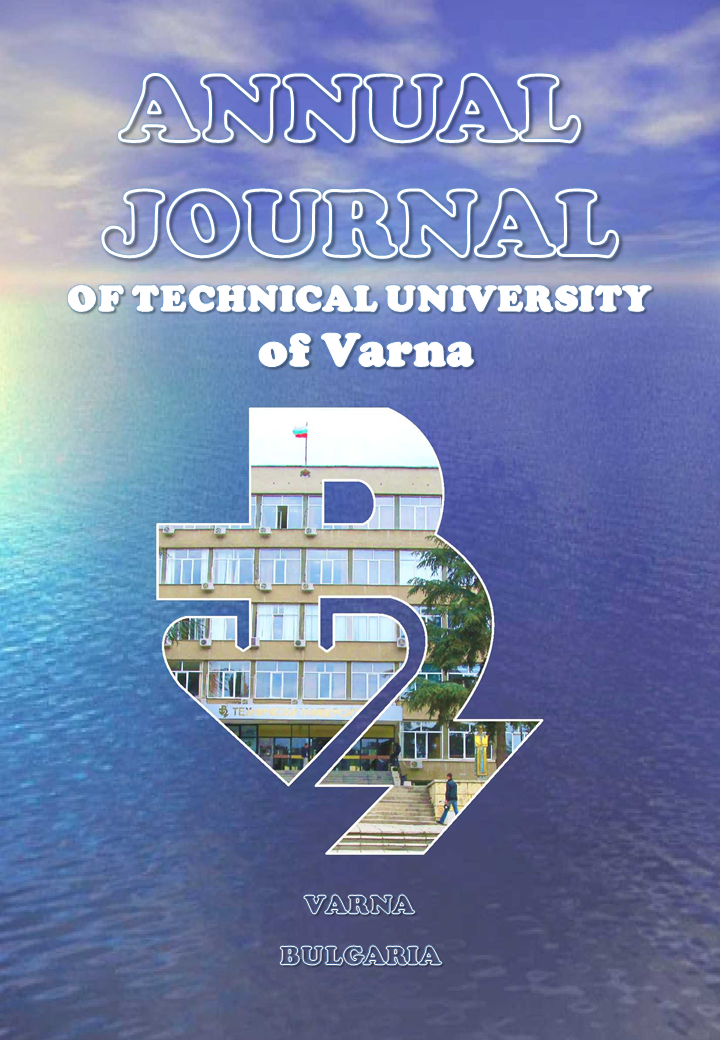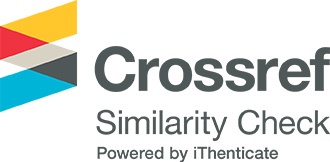Steel X65 acc. API 5L behaviour, under the influence of CO2 and H2
##semicolon##
https://doi.org/10.29114/ajtuv.vol8.iss2.323##semicolon##
СО2 транспорт##common.commaListSeparator## корозияАбстракт
Abstract.
The paper focuses exclusively on the study of the gas pipeline steel X65 (acc. API 5L) behavior when subjected to the influence of CO2 (carbon dioxide) and H2 (hydrogen). Research and development of this type of document is necessary due to the needs of minimizing the CO2 in the atmosphere produced by cement manufacturing during the process of decarbonization of limestone and clay in the cement kiln. With the expensive carbon emissions costing about 63 EUR/ton for the first quarter of 2024, it is reasonable CO2 to be utilized. Additionally, coal-fired power plants must be transformed due to the high price of their electricity. Along with the cost for mining coal, the EU adds additional costs for emissions. Тhe market cannot afford to provide unprofitable energy to customers. The power sector somehow must take necessary action to comply with the latest government and environmental requirements.
One possible approach to address the transformation needs is to switch to green H2 fuel or a mixture with H2, or implement Carbon Capture and Storage (CCS) processes. Both gases have their specific problems that need to be overcome. The behavior of the already laid pipelines made by low carbon steel material exposed to these gases has not been fully assessed. Future experiments and tests will determine how these gases will affect the life cycle or design life of pipeline transportation systems.
Изтегляния
##submission.citations##
<li>Capelle, J., Furtado, J., Azari, Z., Jallais, S., & Pluvinage, G. (2013). Design based on ductile–brittle transition temperature for API5L X65 steel used for dense CO2 transport. <i>Elsevier Ltd</i>. Retrieved from <a href="https://www.researchgate.net/publication/273413639" target="_blank">https://www.researchgate.net/publication/273413639</a></li>
<li>Cole, I. S., Corrigan, P., Sim, S., & Birbilis, N. (2011). Corrosion of pipelines used for CO2 transport in CCS: Is it a real problem? <i>International Journal of Greenhouse Gas Control, 5</i>(4), 749–756. <a href="https://doi.org/10.1016/j.ijggc.2011.05.010" target="_blank">Crossref</a></li>
<li>Gabani, A. (2023, March 29). Founder of Bhavy industrial testing services.</li>
<li>Veselinov, D., Skulev, H., Yankova, R., & Koeva, V. (2023). Performance of selective plated copper coatings on stainless steel 316L and nickel alloy Ni201: Microstructure, microhardness, wear resistance, and corrosion resistance. <i>Institute of Metal Science, Equipment and Technologies with Hydro- and Aerodynamics Centre “Acad. A. Balevski” Bulgarian Academy of Sciences</i>. <a href="https://doi.org/10.7546/CRABS.2023.10.12" target="_blank">Crossref</a></li>
<li>Neele, F., Koenen, M., van Deurzen, J., Seebregts, A., Groenenberg, H., & Thielemann, T. (2011). Large-scale CCS transport and storage networks in North-West and Central Europe. <i>Energy Procedia, 4</i>, 2740-2747. <a href="https://doi.org/10.1016/j.egypro.2011.02.176" target="_blank">Crossref</a></li>
<li>Silva, S. C. D., de Souza, E. A., Pessu, F., & others. (2019). Cracking mechanism in API 5L X65 steel in a CO2-saturated environment. <i>Engineering Failure Analysis, 99</i>, 273-291. <a href="https://doi.org/10.1016/j.engfailanal.2019.02.031" target="_blank">Crossref</a></li>
<li>Topolski, K., Reznicek, E. P., Erdener, B. C., San Marchi, C. W., Ronevich, J. A., Fring, L., Simmons, K., Fernandez, O. J. G., Hodge, B.-M., & Chung, M. (2022). Hydrogen blending into natural gas pipeline infrastructure: Review of the state of technology. <i>United States</i>. <a href="https://doi.org/10.2172/1893355" target="_blank">Crossref</a></li>
<li>Witkowski, A., Rusin, A., Majkut, M., & Stolecka, K. (2014). The analysis of pipeline transportation process for CO2 captured from a reference coal-fired 900 MW power plant to sequestration region. <i>Chemical and Process Engineering, 35</i>(4), 497–514. <a href="https://doi.org/10.2478/cpe-2014-0037" target="_blank">Crossref</a></li>
<li>Witkowski, A., Majkut, M., & Rulik, S. (2014). Analysis of pipeline transportation systems for carbon dioxide sequestration. <i>Archives of Thermodynamics, 35</i>
<li>Corrtest Instruments. (n.d.). Corrtest Electrochemical workstation CS350 User manual. Wuhan Corrtest Instruments Corp., Ltd.</li>
<li>NACE International. (2003). Corrosion control of steel fixed offshore structures associated with petroleum production (NACE Standard RP0176-2003). Houston, TX: NACE International.</li>
##submission.downloads##
Публикуван
##submission.howToCite##
Брой
Раздел (Секция)
##submission.license##
СПОРАЗУМЕНИЕ ЗА ПУБЛИКУВАНЕ
Годишника на Технически университет - Варна (ГТУВ) цели да гарантира, че постъпващите статии се публикуват, като същевременно се предоставя значителна свобода на публикуващите ги автори. За изпълнение на тази цел, ГТУВ поддържа гъвкава политика относно авторските права, което означава, че няма прехвърляне на авторски права от автора на издателя, а авторите запазват изключително авторско право върху интелектуалното си произведение.
При изпращане на статия, Отговорния автор трябва да се съгласи и приеме правилата и условията за публикуване, изложени в настоящото Споразумение за публикуване, които са както следва:
ПРЕДОСТАВЯНЕ НА ПРАВА ОТ ОТГОВОРНИЯ АВТОР
Отговорния автор предоставя на ГТУВ за времето на пълния срок на авторското право и всяко следващо удължаване или подновяване, следното:
• Неотменимо, неизключително право да публикува, възпроизвежда, предоставя, разпространява или по друг начин използва предоставената работа в електронни и печатни издания и в производни произведения в целия свят, на всички езици и във всички известни съществуващи или в последствие възникнали медии.
• Неотменимо, неизключително право да създава и съхранява електронни архивни копия на работата, включително правото да депозира предоставената работа в дигитални хранилища с отворен достъп.
• Неотменимо, неизключително право на лицензиране на други лица да възпроизвеждат, превеждат, преиздават, предоставят и разпространяват предоставената работа при условие, че авторите са надлежно идентифицирани (за момента това се извършва чрез публикуване на произведението под лиценз Creative Commons Attribution 4.0 Unported).
С предоставянето на работата за публикуване, авторските права върху материала остават на авторите. Авторите запазват всички патентни, търговски марки и/или други права върху интелектуалната си собственост.
ЗАДЪЛЖЕНИЯ НА ОТГОВОРНИЯ АВТОР И СЪАВТОРИТЕ
При последващо разпространение или повторно публикуване на предоставената работа, Отговорния автор се съгласява да идентифицира ГТУВ, в който е публикувано произведението като първоначален източник на първото публикуване на работата. Отговорния автор гарантира, че съавторите също ще посочват ГТУВ като източник на първото публикуване, когато разпространяват, преиздават или се позовават на настоящата работа в бъдещи свои публикации.
ГАРАНЦИИ ОТ СТРАНА НА ОТГОВОРНИЯ АВТОР
Отговорния автор гарантира че предоставената за публикуване работа не нарушава никои действащи нормативни разпоредби или законни права на която и да е трета страна. Същия гарантира че работата не съдържа какъвто и да е материал, който може да се възприеме от читателската аудитория като неетичен, компрометиращ, нехуманен, расистки, клеветнически и/или нарушаващ авторски и/или имуществени права, права на интелектуална собственост или поети ангажименти за поверителност към трети страни. Отговорния автор гарантира че предоставеният материал е с оригинално съдържание, не е официално публикуван в никое друго издателство, както и че не е в процес на публикуване пред други издателства. Отговорния автор също така гарантира че притежава съответните правомощия да сключи настоящото споразумение. Ако предоставяната работа е подготвена съвместно с други съавтори, Отговорния автор гарантира че всички останали съавтори са информирани и са съгласни предоставения материал да бъде публикуван в ГТУВ.
Отговорния автор лично (или от името на авторския колектив) дава съгласието си да не въвлича по никакъв начин ГТУВ като страна в каквито и да било научни, академични, административни и/или съдебни спорове, в случаите на установени нарушения на горепосочените декларации и гаранции.
ПРАВА И ЗАДЪЛЖЕНИЯ НА ГТУВ
ГТУВ се съгласява да публикува предоставения материал, в случаите когато същия отговаря напълно на всички необходими качествени, технически и редакционни изисквания, като го идентифицира еднозначно с авторите му. В следствие на настоящото споразумение, на ГТУВ се предоставя правомощие да упражнява права при необходимост от името на авторите върху трети лица, като например в случаите на установено плагиатство, нарушаване на авторски права и др.
Декларация за поверителност на лични данни
Вашите имена и имейл адреси, въведени в уебсайта на ГТУВ, ще бъдат използвани само и изключително за обявените цели на настоящото списание и няма да бъдат използвани за никакви други цели от издателя или предоставяни на друга - трета страна.
Издателят се задължава да извърши всички необходими действия, цялата предоставена лична информация да остане конфиденциална, в рамките на издателя и да не бъде споделена с външни обекти или субекти, освен ако не е дадено предварително изрично разрешение от собственика на личните данни.
Вашата лична информация няма да бъде обект на продажба, разпространение или публикуване по какъвто и да е начин и под каквато и да е форма.









